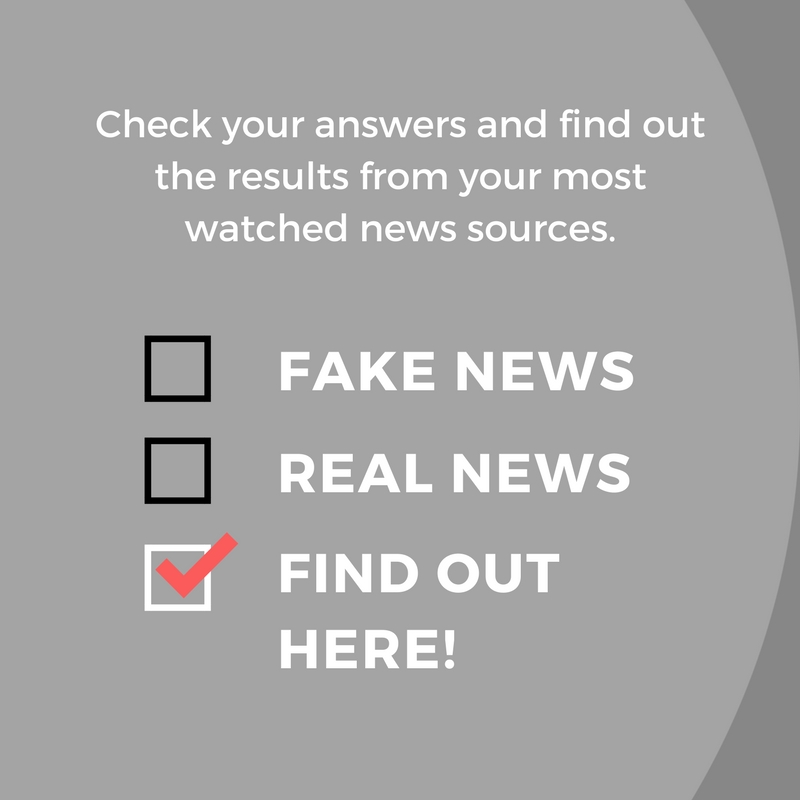U.S. does not want students to be tested on identifying fake news
April 27, 2018
The revised Programme for International Student Assessment, or PISA, tests an added global competency section focused on cultural awareness, challenging extremism and identifying fake news, has been turned down by a handful of countries such as the United States, England, Belgium, Germany, France, the Netherlands, Finland, Ireland and Japan, according to the BBC News.
The Organisation for Economic Co-operation and Development, or OECD, defines global competency as examining “local, global, and intercultural issues,” to accepting “the world views of others” and engaging “in open, appropriate and effective interactions with people from different cultures.”
It was originally developed with the central focus on culture as it is needed “to live harmoniously in multicultural communities,” according to the OECD.
The fake news aspect comes into play with the understanding that the spreading of falsehoods can cause great disturbances among groups of people, especially when there is a clash of cultures.
Fake news became more alarming around the presidential election in 2016 when it was recorded that there were about 1.4 million more Facebook engagements with fake news articles than with articles from mainstream news sources by a Buzzfeed News analysis that is being widely credited on higher-standard sites, such as the New York Times and Washington Post.
In such tense political situations, fake news can influence potential voters to like or dislike certain candidates, to establish or disestablish a bias against a certain group simply because of rumors spread about them.
The opting-out of the test was brought about by the U.S. Department of Education’s decision that, although it is an important development, the test needed a more “solid empirical foundation to validate its technical stability,” according to the Business Insider.
A point of criticism brought up by Trump administration about the new PISA test is that the United States already has such a large number of standardized tests, that students do not need yet another test to worry about.
Among the education community, there is wide disagreement. Some educators say that fake news is not a very serious, or that it is interrupting the teaching core classes of which the United States is taking the PISA tests for.
However, there are some teachers who disagree, such as U.S. history teacher Corey Baird, who thinks that adding a fake news portion to standardized tests is a great idea.
“I think we need to add something like this in our curriculum,” Baird said.
Although, social studies teacher Jennifer Leuneburg brought up a valid point when she said, “I find it interesting that we would test on something that we don’t really teach yet. There is no standardized curriculum for it, so how would we test on something that is not standardized among schools?”
Administrators struggle to decide if American 15-year-olds should be subjected to another standardized test when there are already so many.
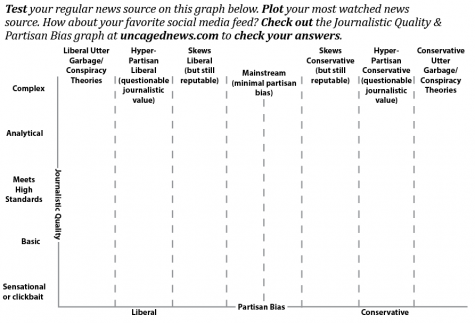
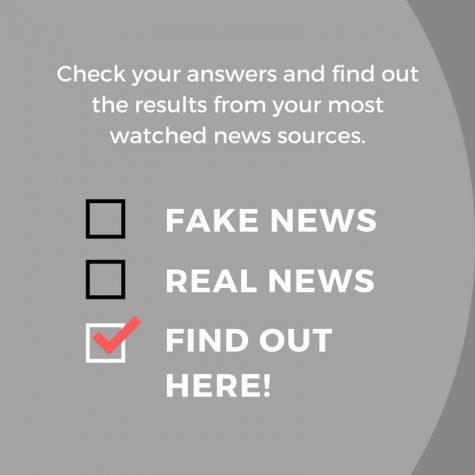
Identifying fake news
- Your first step should be to look at the headline itself. You will notice that the real news websites have content that is less than extraordinary. While the fake news article have headlines that are meant to provoke strong emotions. While any news article is sure to provoke some reaction, something that sounds too outlandish to be true, it probably is.
- Look at the logos of the news websites in the top left corner. Notice how the fake news logo is different from the real logo. If you are not sure what the real logo looks like, it might be a good idea to look it up online.
- If you are still unsure if the article is false or not look at the author. If there is no author anywhere, there is a good chance the news is fake. If there is an author, and you are still unsure of the truth of a news article, look up the author. Often times, credible journalists will have their name, their picture and a brief biography available from their news outlet.
- Lastly, If you are still unsure if a news article is true or not, look up the claim on a credible fact checking site such as politifact.com or factcheck.org. The journalists at these fact-checking websites make their money telling facts from fiction. As a result, they often have a place where you can submit contested news where they will be researched and looked into. Remember, if you do not know, it is okay to ask someone you trust.
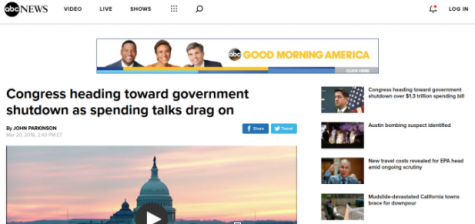
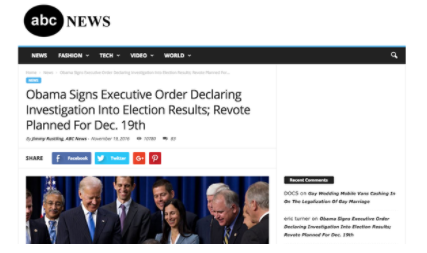
Fake news spreads faster than real news on various social media platforms
How to identify fake news and stop the spread of fake news
Nearly 65 percent of the news found on social media websites is fake.
Fortunately, 84 percent of American adults are at least somewhat confident in their abilities to identify fake news, according to a poll from the Pew Research Center.
Yet, in one study from Stanford University, over 80% of middle schoolers were unable to tell the difference between fake and real news.
There are many different factors that go into how difficult it can be to identify fake news.
Sometimes, a fake news article can cause a strong emotional response, especially when the author created the article with the purpose of inciting outrage.
Headlines are crafted with the thought in mind to grab the reader’s attention, but when this is turned against the reader as a form of clickbait, falsehoods are spread through the spanning effect of a controversial headline, such as “Dallas Cancels Halloween amid Ebola Concerns” compared to a real headline like “Mississippi’s Literacy Program Shows Improvement.”
The real news story headline is a lot less provocative than the fake news headline.
Often times, fake news originates in periods of contest, like in the 2016 presidential election. There were an abundance of falsehoods that came out about both candidates in an attempt to sway the public on their choice.
Supporters of Hillary Clinton believed that 58 percent of politically-based fake articles were true, while Donald Trump supporters believed that 86 percent of fake articles were true, although the study acknowledges that the fake news articles used primarily had a pro-Trump or anti-Clinton bend, according to a Ipsos Buzzfeed poll that was picked up by more complex articles in the New York Times and Washington Post.
These articles were passed around not only by those with malevolent intent but also those who were simply clueless that the report might be false, whether because they were caught up in the their own fury or because they were trying to make a point for their political stance.
The public deserves not to be lied to, so the average social media user has an obligation to determine that whatever articles they help spread are ones of validity.
Identifying fake news can be easy, if you know how to do it.
There are three steps that can be taken to avoid the majority of fake news.
First: look into the source itself.
If it says something like “blog page” or “Opinion-Editorial by: authors name,” then it is likely biased, whether it be positively or negatively against a certain group as the author is expressing their own thoughts.
Second: make sure the URL does not have any random letters in it, such as abc.com.co.
This could be a sign that it is a fake website.
However, keep in mind that some combinations of extra letters are credible. For example, .co.uk on the end of a URL simply means that the website is based in the United Kingdom.
Third: Check your immediate reaction to the article title.
Fake news is designed to be very emotional or controversial.
If you feel this way reading a headline, it might be a good idea to go over steps one and two. Some of such headlines may be true, but the vast majority of outlandish titles are false, needing only a Google search to discredit their validity.

